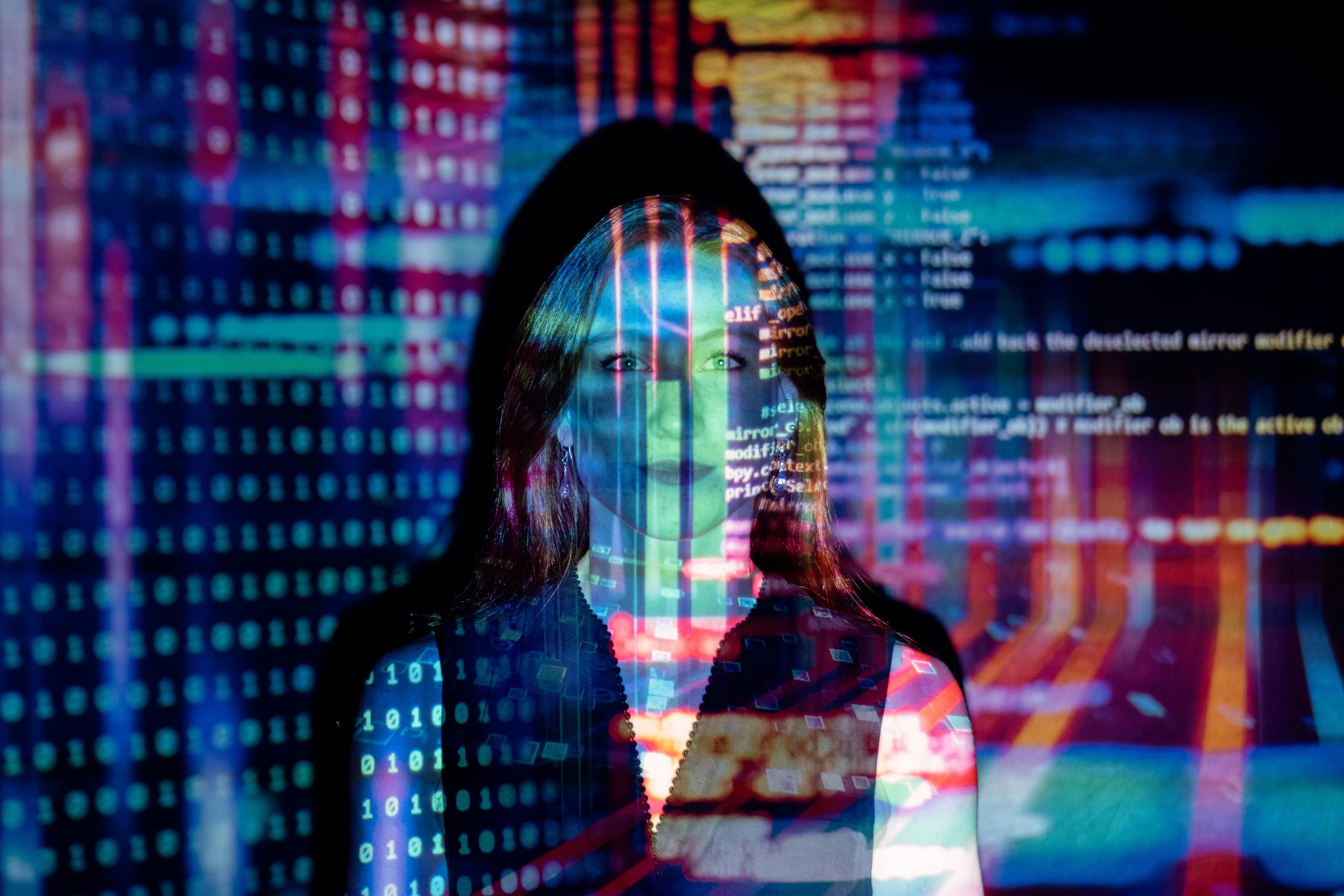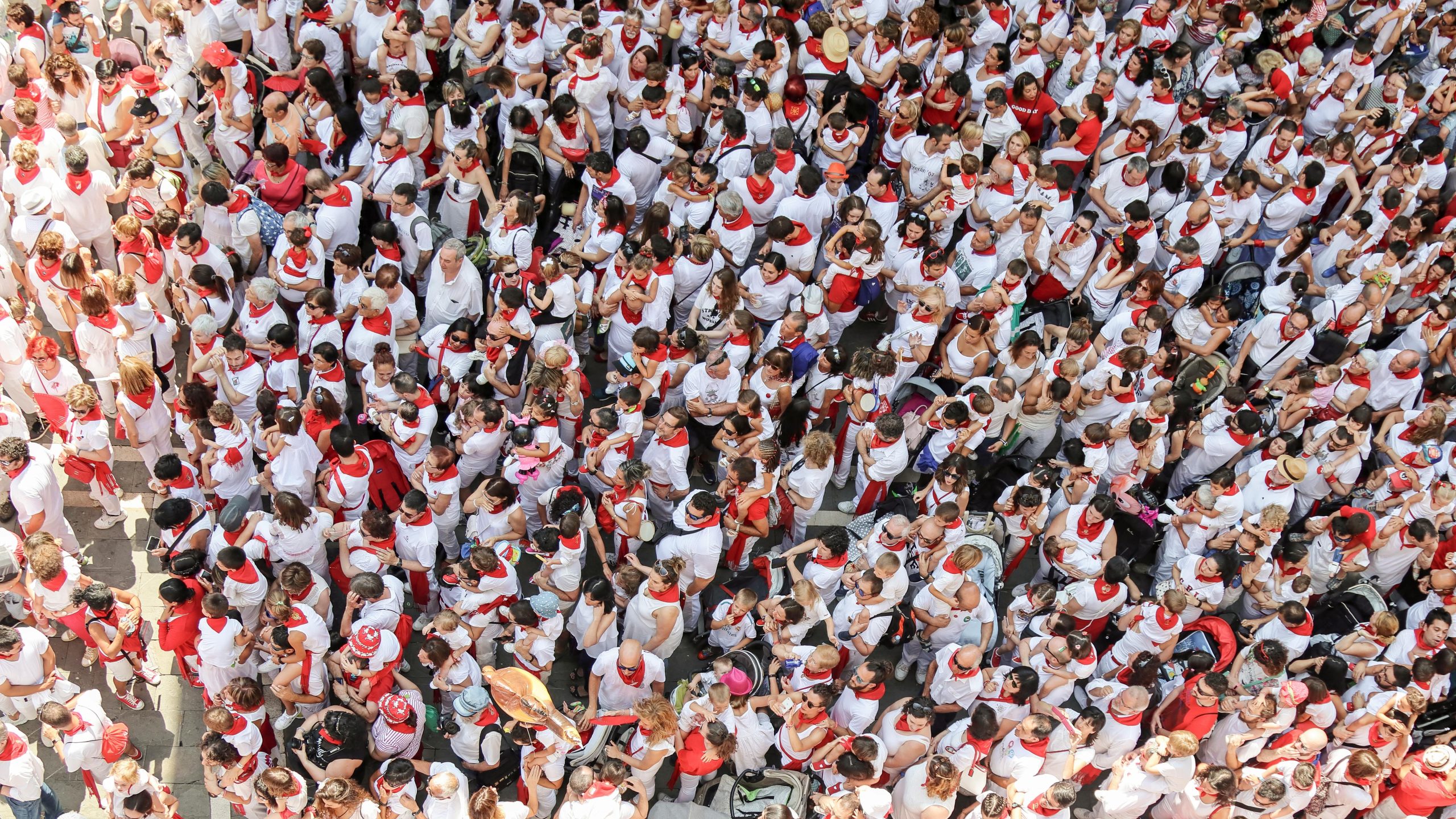We have long been aware of standard CCTV cameras monitoring public spaces for security. However, the rise of “smart” technology, artificial intelligence (AI), and the Internet of Things (IoT) has introduced far more sophisticated and subtle forms of public monitoring. Cities, retailers, and other entities now use smart tech to analyze behaviors, manage resources, and enhance security in ways we may not even notice. This new layer of surveillance is quietly becoming a part of our daily lives. Here are ten public behaviors now being monitored by smart technology.

Image Source: pexels.com
1. How You Move Through a Store
Retailers use smart cameras with video analytics, as well as Wi-Fi and Bluetooth beacon tracking from your smartphone, to monitor how you move through their stores. This technology creates “heat maps” of popular aisles. It tracks your path from entrance to exit. It measures how long you “dwell” in front of certain displays. This data helps optimize store layouts and product placement to encourage more spending.
2. Your Speed and Flow in Traffic
Modern traffic management systems use more than just road sensors. AI-powered cameras can analyze traffic flow in real-time. They monitor vehicle speeds, identify bottlenecks, and can even predict traffic jams before they become severe. This data allows for dynamic adjustments to traffic light timing to improve flow. It also provides valuable information for future city planning and road design.
3. Finding a Parking Spot
Many modern parking garages and some city streets are equipped with smart parking systems. These use sensors or cameras to detect which parking spots are occupied and which are vacant. This information is then relayed to digital signs or mobile apps to guide drivers to open spots more efficiently. While convenient, it’s also a form of monitoring that tracks parking space usage and duration in real-time.
4. The Loudness of Your Environment
In some cities, networks of acoustic sensors monitor noise levels. These sensors can automatically detect and report noise ordinance violations. More advanced systems, like ShotSpotter, are identify the sound of gunfire. They can instantly triangulate the location and alert law enforcement, often before anyone even calls 911.
5. How You Dispose of Your Trash
“Smart” trash cans are in many public spaces. These bins have sensors that detect when they are full, automatically alerting sanitation departments that they need to be emptied. This optimizes collection routes. More advanced systems even monitor the type of waste being disposed of to encourage better recycling habits.
6. Your Presence in a Crowd

Image Source: pexels.com
During large public events, concerts, or protests, authorities often use technology to monitor crowd density and movement. Drones and high-altitude cameras with AI analytics can estimate the size of a crowd. They can also identify dangerous surges or instances of trampling. This allows for better crowd management and emergency response.
7. The License Plate on Your Car
Automated License Plate Readers (ALPRs) are cameras used by law enforcement and other entities to automatically capture and log license plate numbers. These can be mounted on police cars, bridges, or streetlights. The data is often compiled into a massive database, creating a record of where a specific vehicle was spotted at a particular time. This technology is used to find stolen cars or track suspects, but it also raises privacy concerns.
8. Your Face (Facial Recognition)
The use of facial recognition technology in public spaces is growing and controversial. Cameras in airports, train stations, or public squares can scan faces and compare them against databases of persons of interest. While intended to enhance security, this technology creates a system of biometric surveillance that tracks the movements of ordinary citizens, raising significant privacy and civil liberties questions.
9. Your Social Media Posts About Local Events
Local governments and public safety agencies often use social media monitoring tools. These programs scan public posts on platforms like Twitter, Facebook, and Instagram for keywords related to local events, protests, or emergencies. This helps them gauge public sentiment, identify emerging issues, and manage their response to evolving situations.
10. Your General Location via Your Phone’s Wi-Fi Signal
Even if you’re not connected to a public Wi-Fi network, your smartphone constantly searches for available signals. Retail districts and smart cities can use sensors that detect these anonymous “pings” from smartphones. By tracking the movement of these anonymous signals, they can measure foot traffic patterns, popular routes, and peak visitor times for different areas.
The rise of smart technology has created cities and public spaces that are more responsive, efficient, and potentially safer. However, this has been achieved through a new and pervasive layer of public monitoring. While much of this data is collected anonymously and used for operational improvements, it represents a significant shift in how our everyday behaviors are observed and analyzed. Being aware of this smart tech is the first step in understanding the evolving relationship between technology, convenience, and personal privacy in the public sphere.
Which of these smart monitoring technologies do you find most useful or most concerning? How do you feel about the trade-off between privacy and the potential benefits of smart city technology? Share your thoughts!
Read More
How To Score Big Savings With Tech Coupons
Navigating the Path to Your Dream Home with Intelligent Financial Strategies

